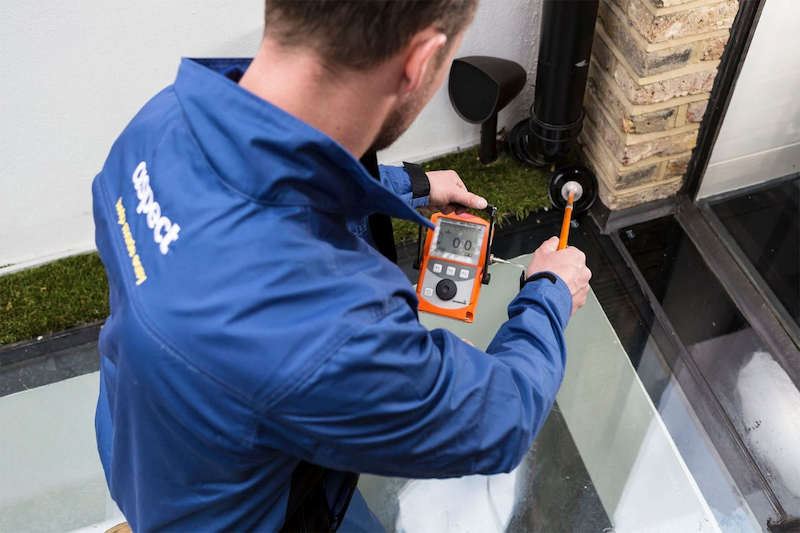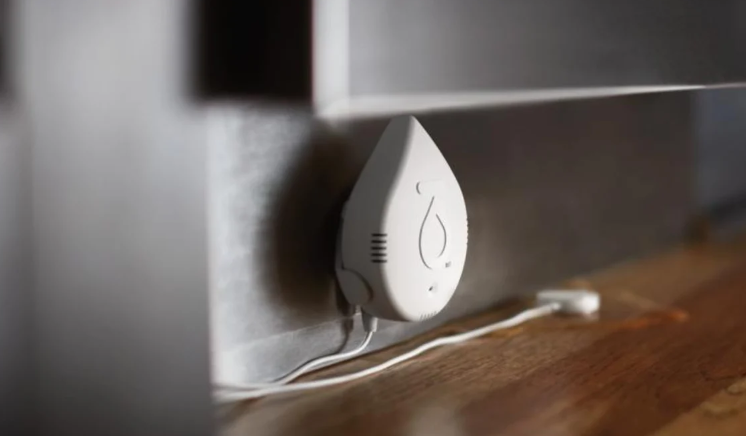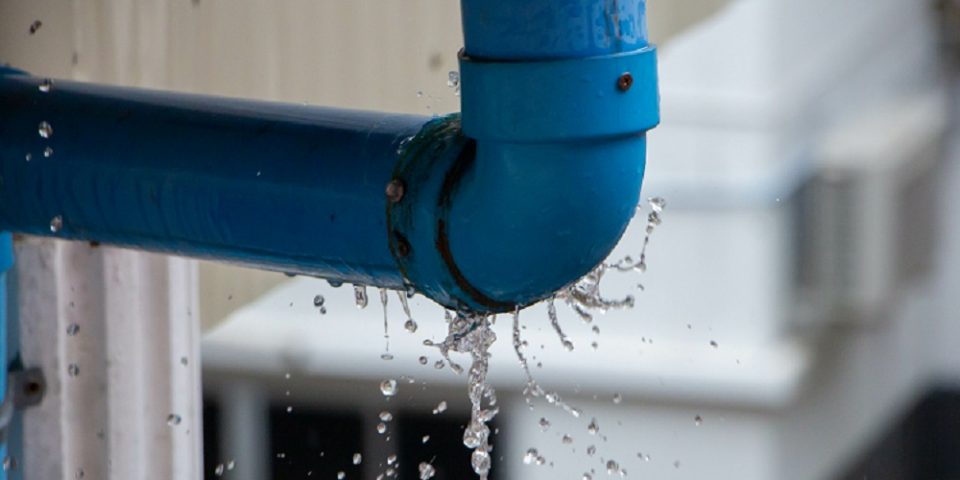Contents
Let’s agree things were complicated way back when the only way to tell if there was a water leak in any particular area was to either carefully inspect the scene for any signs of water and moisture damage, or to wait until something actually broke due to the water leak. Plumbers were tasked with figuring out where the water was coming from, and this often turned out to be a very time-consuming and expensive process.
Thankfully, technology has come a long way ever since and there are now tools available that can help us pinpoint the source of a water leak very quickly and easily. In fact, having an accurate water leak detector on hand can save you a lot of time, effort and headaches down the line.
How Do Water Leak Detectors Work?

In short, these devices work by emitting a small, harmless electrical current into the ground or waterline. If there is any leakage in the pipes, this current will flow through the water and send a signal back to the detector, which will then alert you to the problem.
Some models of water leak detectors are designed for indoor use only, while others can be used both indoors and outdoors. There are also some that come with special features, like temperature tracking or a moisture indicator, which can be helpful for plumbers when trying to locate the source of the leak even more quickly.
What Are the Main Features of a Water Leak Detector?

Most sensors on the market today come with a few basic features that make them easy and convenient to use. These quintessential features provide the groundwork for an effective leak detection system, and usually include the following:
Detection Response
This refers to the time it takes for the detector to send out a signal once it’s been turned on. The sooner the response time, the better, as it means you’ll be able to catch a leak early on before too much damage is done.
To accurately gauge the response time, it’s important to first understand the distance of the water line from the sensor. The further away the water line is, the longer it will take for the current to reach it and trigger a response. Most sensors on the market have a response time of anywhere from 1 to 60 seconds.
Temperature Tracking
Some models come with an integrated temperature sensor that can help plumbers determine the source of the leak. This is especially helpful if there are multiple water lines in the vicinity, as the temperature reading can help identify which particular line is leaking.
The way it works is that the sensor will send out a current that’s proportional to the temperature of the water. So, if the water is cold, the current will be low, and if the water is hot, the current will be high. Whichever one is leaking will have a higher current, making it easier to identify.
Moisture Indicator
This is a handy feature that’s often included in water leak detectors. It allows you to visually see if there has been any moisture build-up around the sensor, which can be an indicator of a potential leak.
The moisture indicator usually takes the form of a small LED light that will turn on if it detects moisture. This can be useful if you’re not sure whether or not there’s a leak, but you suspect that there might be one.
Rechargeable Batteries
Grappling cables and tangled cords are a thing of the past with rechargeable batteries. Many models on the market nowadays come with built-in, rechargeable batteries that make it easy to use them both indoors and outdoors.
This is a great feature to have, as you won’t have to worry about lugging around a power cord or finding an outlet to plug it into. Most rechargeable batteries will last for around 8 hours on a single charge, so you’ll be able to use them all day without having to worry about running out of juice.
Tactile Keypad and Display Graph
A manageable and user-friendly interface is important in any kind of device, and water leak detectors are no different. Many models come with a tactile keypad that’s easy to use, even when you’re wearing gloves.
The display graph is also an important feature to look for. This will show you the strength of the current, as well as the distance to the water line. This is helpful in determining the severity of the leak, as well as the location.
Advantages of Using a Water Leak Detector

The upside of technology is that it often provides us with new and improved ways of doing things that are more efficient than the old ones. Leak detectors are a great example of this, as they offer a number of advantages over traditional methods of leak detection, such as:
Non-Destructive Testing
Back in the day, the only way to detect a water leak was to dig up the pipe and hope that you found the leak. This was not only time-consuming, but it was also destructive, as you would often have to damage property in order to get to the pipe. And even then, there was no guarantee that you would find the leak.
Leak detectors, on the other hand, can be used to non-destructively test pipes for leaks without having to dig them up. This saves a lot of time and hassle, as you won’t have to go through the process of repairing damage that was caused by the leak detection process.
Early Detection
When time is of the essence, getting an early reading is crucial. Every minute that a water leak goes undetected, the damage gets worse and worse. With a traditional method of detection, such as digging up the pipe, you often won’t be able to get an accurate reading until the damage is already done.
Using a water leak detector can often give you an early reading, which can help you to prevent further damage. No one wants to deal with a water leak, but it’s better to deal with it sooner rather than later.
Cost-Effective Tool
Money is always a consideration when it comes to projects like this. Spending too much on the wrong tool can often lead to cost overruns, which is why it’s important to choose an affordable option.
These devices are relatively inexpensive, especially when you compare them to the cost of traditional methods, such as excavating a pipe. In addition, they can often save you money in the long run by helping you avoid costly repairs that would be necessary if a leak went undetected for too long.

